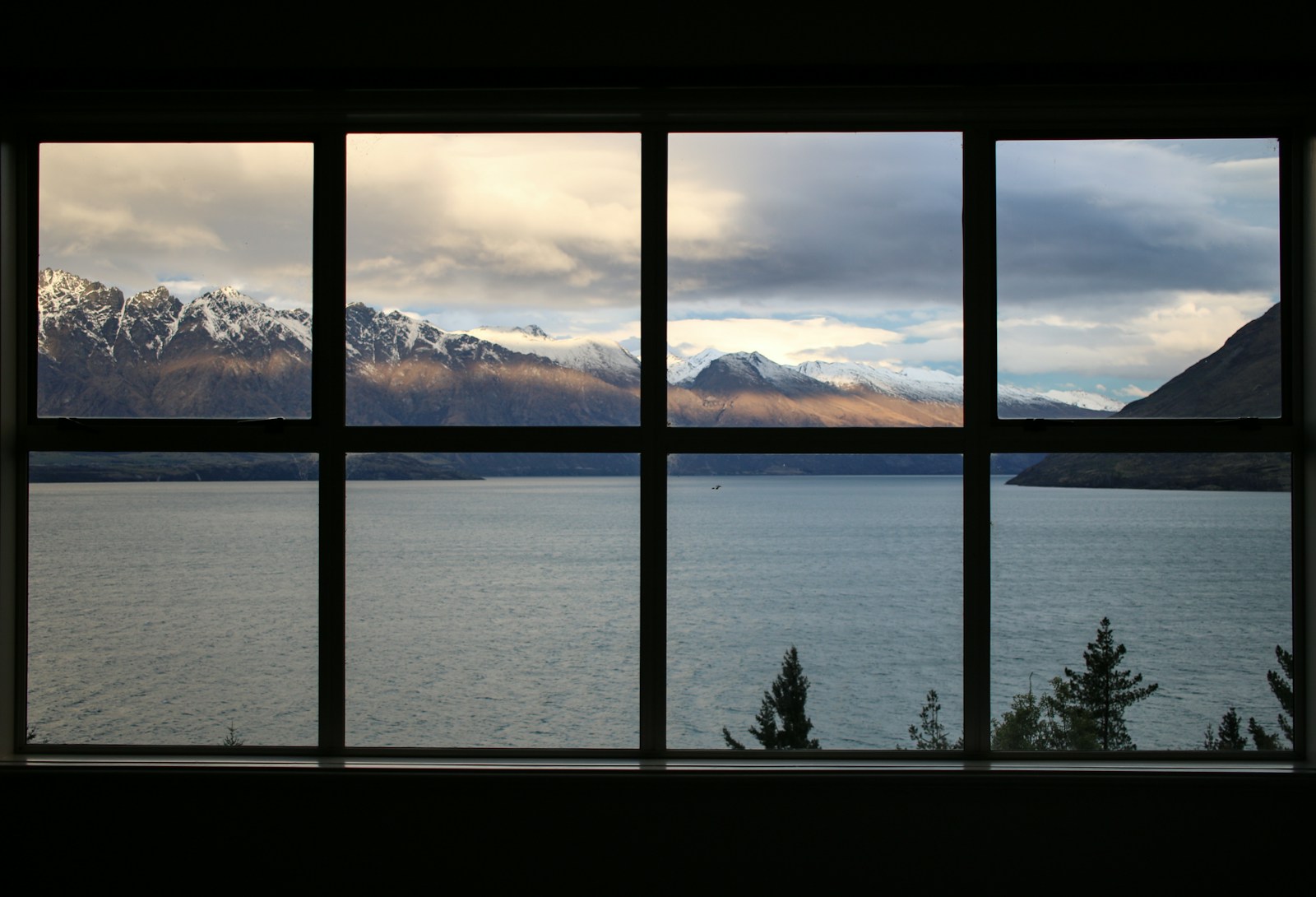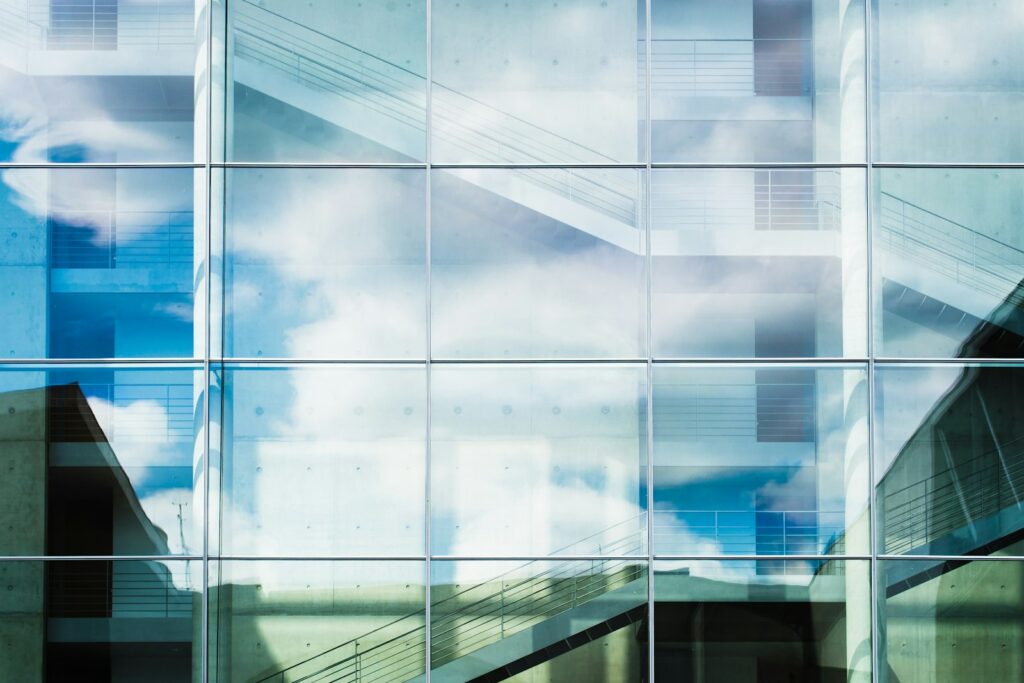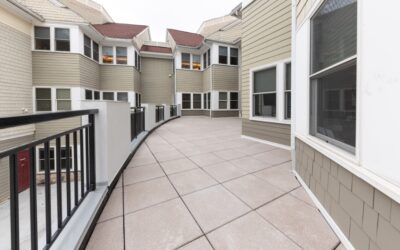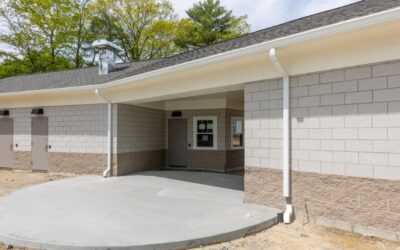Windows do more than just provide a view to the outside. They play a critical role in connecting spaces, improving energy efficiency, enhancing aesthetics, and even boosting workplace morale. For commercial property owners and architects, the right selection of windows is vital for balancing form, function, and cost-effectiveness. Maximizing daylight through options like skylights can also reduce the need for artificial lighting, helping to lower electricity costs.
At South Coast Improvement Company, we understand the unique challenges and opportunities involved in commercial design. With a Design-Build service that eliminates conflict and streamlines the process, we pride ourselves on helping clients bring their visions to life.
This guide explores the various types of windows you can leverage for your commercial property, the factors to consider in choosing them, and how South Coast Improvement Company’s expertise can help create seamless, impactful results. Specialty windows and custom shapes are also available; custom windows can be designed to enhance architectural features and create unique, personalized designs for commercial spaces.
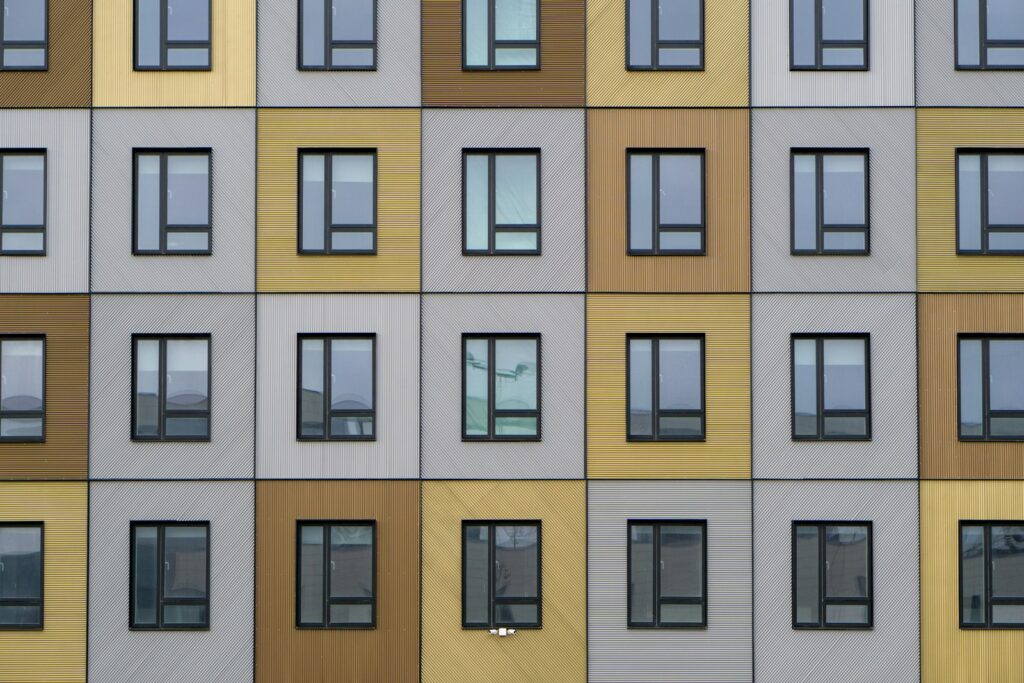
Photo by Pierre Châtel-Innocenti on Unsplash
Introduction to Commercial Windows
Commercial windows are a vital component in any business environment, designed to maximize natural light, promote healthy air flow, and boost energy efficiency throughout the building. Whether you’re outfitting a modern office, retail space, or institutional facility, the right window type can make a significant difference in both comfort and operational costs.
There are several popular window types used in commercial settings, each offering unique benefits. Double hung windows and single hung windows are classic choices, with double hung windows allowing both sashes to move for flexible ventilation, while single hung windows feature only the bottom sash as operable for a more streamlined, cost-effective solution. Casement windows, which swing open on side hinges, and awning windows, hinged at the top and opening outward, are excellent for spaces that require enhanced air circulation and a tight seal against the elements. For projects with unique architectural requirements, specialty windows—including arched windows and custom shapes—can be designed to fit any vision.
Material selection is another key factor in commercial window design. Options like vinyl, aluminum, and wood window frames allow for a range of aesthetics and performance characteristics, ensuring compatibility with any architectural style. Energy efficiency remains a top priority, with advanced features such as low-E coatings and triple pane glass helping to reduce heat transfer, lower energy consumption, and maintain comfortable indoor temperatures year-round.
Customization is also readily available, from expansive glass panes that flood interiors with daylight to distinctive arched windows and other specialty windows that add architectural flair. With so many options, it’s easy to find the perfect window solution to meet your building’s functional and design needs.
Common Types of Windows for Your Commercial Space
Double Hung Windows
A double hung window offers versatility and a classic design that’s perfect for many commercial buildings. Both the upper and lower sashes are operable, allowing for improved airflow and easy cleaning. The sash slides vertically, providing flexible ventilation and making maintenance simple. Many double hung windows are ideal for spaces where functionality and traditional aesthetics are equally important.
- Best for: Offices, retail spaces, and schools
- Advantages: Easy cleaning, improved air circulation, balanced functionality, vertical sash slides for flexible ventilation and easy maintenance
Single Hung Windows
A single hung window has a simpler design. Only the bottom sash is operable, while the top sash remains fixed. This option is typically more budget-friendly while still providing good ventilation.
- Best for: Budget-conscious commercial projects
- Advantages: Cost-effective design, low maintenance
Casement Windows
A casement window is a popular window type that opens outward and is hinged on the side. Casement windows swing open, usually operated by a hand-crank or lever, allowing for full opening and excellent ventilation. This window type provides excellent ventilation and seals tightly when closed for better energy efficiency.
- Best for: Spaces needing maximum airflow, like healthcare facilities or modern offices
- Advantages: Excellent energy efficiency, excellent ventilation
Awning Windows
Awning windows, hinged at the top, open outward, offering a sleek and functional design. Their design prevents rainwater from entering the space, even when open, while still allowing fresh air to flow inside.
- Best for: Coastal and rainy regions or areas of limited wall space
- Advantages: Allows fresh air and ventilation during rain, energy-efficient seal
Picture Windows
A picture window is a large, fixed pane of glass designed to maximize natural light. Picture windows are fixed panes, meaning they do not open, but they offer unobstructed views and a clean, minimalist aesthetic. They function by framing the outside scenery, similar to a picture frame, making them ideal for showcasing beautiful outdoor views.
- Best for: Modern commercial spaces or showcasing scenic views
- Advantages: Abundant natural light, low maintenance
Sliding Windows
Sliding windows feature a space-saving design. They are easy to operate by sliding horizontally, making them ideal for areas with limited space.
- Best for: Narrow spaces or where operable windows are needed
- Advantages: Space-saving, easy to operate
Bay and Bow Windows
Bay window is a distinct product type offered by many manufacturers, often featured in their replacement and new construction window lines. Bay and bow windows extend outward from the building, creating additional interior space and offering a dramatic architectural element. Bay windows typically consist of a central fixed window flanked by two operable windows set at angles, and are commonly installed in reception areas, conference rooms, or customer-facing spaces to increase natural light and provide enhanced views.
- Best for: High-end offices, restaurants, or customer-facing spaces
- Advantages: Adds aesthetic value, maximizes space and light
Specialty Windows
Specialty windows are custom-designed to suit unique architectural styles or needs. These include arched windows, stained glass, as well as other specialty options such as custom windows for personalized designs, garden windows that extend outward to create a mini-greenhouse effect, jalousie windows for enhanced ventilation, glass block windows offering privacy and decorative appeal, and hinged windows known for their energy efficiency and ease of cleaning.
- Best for: Showcasing unique brand identity or historical preservation projects
- Advantages: Fully customizable, adaptable to specific design elements
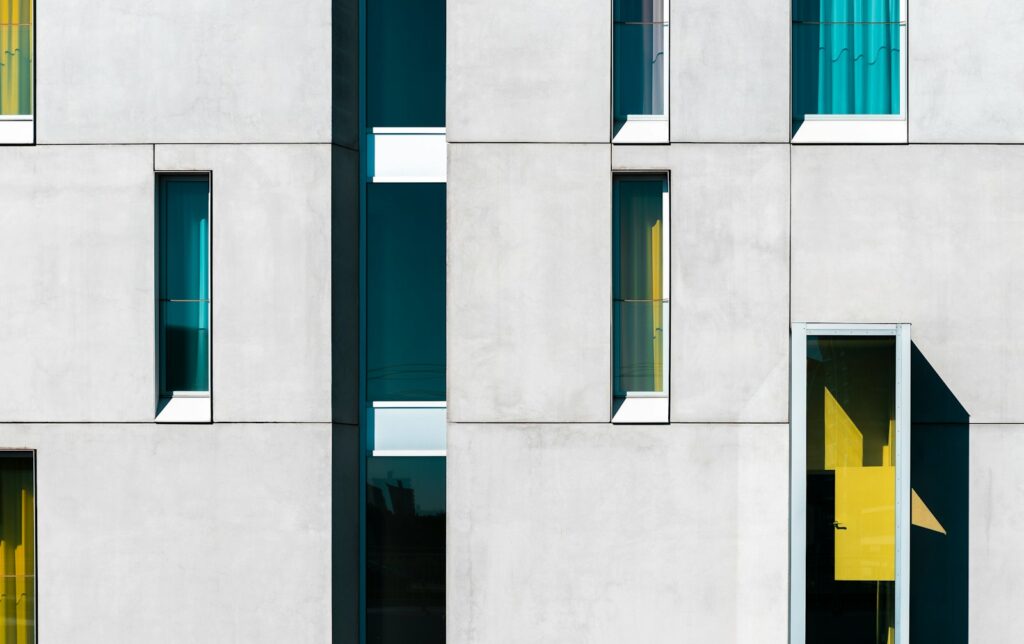
Photo by Maxim Hopman on Unsplash
Factors to Consider When Choosing Window Types
Energy Efficiency
Energy-efficient windows are essential for lowering heating and cooling costs. Features such as low-E coatings, argon gas fills, and triple-pane glass can significantly reduce energy bills while improving overall indoor comfort. Compared to older single pane windows, these modern options offer superior insulation, greater energy savings, and better noise reduction.
Fact: Energy Star certified windows can cut heating and cooling costs by up to 40% in commercial spaces.
Return on Investment (ROI)
Modern window options, especially energy-efficient ones, not only slash utility costs but also increase property value. For example, properties that undergo thoughtful window upgrades often see a 10-15% boost in their market worth.
Design Compatibility
Maintaining a sense of historical or architectural continuity is vital. Consider window styles that align with the existing exterior or interior space, particularly for older buildings and historic sites.
Employee and Customer Well-Being
Natural light from thoughtfully placed windows enhances employee productivity and customer satisfaction. Specific window types, such as floor-to-ceiling or specialty windows, can further improve the comfort, aesthetics, and functionality of a building’s interior living space. Improved air circulation also leads to better indoor air quality, nurturing healthier and happier occupants.
Window Installation and Maintenance
Proper installation is essential to ensure that commercial windows deliver on their promises of energy efficiency, safety, and long-term durability. Professional installation is highly recommended, as it helps prevent common issues like air leakage and water intrusion, which can compromise both the performance and lifespan of your windows. A well-installed window system not only improves energy efficiency but also enhances security and occupant comfort.
Regular maintenance is key to keeping your commercial windows in top condition. This includes routine cleaning of glass panes, lubricating hinges and moving parts, and inspecting window frames for signs of wear or damage. The maintenance requirements can vary depending on the window frame material—vinyl frames are generally low maintenance, while wood may require periodic sealing or painting, and aluminum frames benefit from regular checks for corrosion.
Choosing energy efficient options, such as Energy Star certified windows, can significantly reduce energy consumption and utility costs. These windows are rigorously tested and rated by organizations like the National Fenestration Rating Council (NFRC), providing building owners with reliable information on performance factors such as insulation, solar heat gain, and air leakage.
Installation costs for commercial windows can vary based on the window type, size, material, and the complexity of the project. While initial investment may be higher for advanced or custom solutions, the long-term savings in energy and maintenance often justify the expense. Enhanced security features, such as laminated glass and robust locking systems, can also be incorporated to protect your property and occupants.
Whether you’re planning a new window project or considering replacement windows to improve energy efficiency and comfort, a well-designed and professionally installed window system will provide good ventilation, abundant natural light, and a lasting boost to your building’s aesthetic appeal.
South Coast Improvement Company’s Expertise in Design-Build
Tailored Solutions for Every Project
South Coast Improvement Company provides a seamless experience by combining both design and construction into one “Design-Build” process. This eliminates the conflicts often seen between architects and builders. Our singular accountability model ensures your design vision becomes a reality without delays or budget concerns.
- Award Recognition: Earned the 2022 Bronze Award from the Design-Build Institute of America for excellence in execution.
- Remarkable Efficiency: Our single-source model accelerates timelines by simultaneously addressing design and construction phases.
Why Choose South Coast Improvement Company
- We identify long-lead items and prepare detailed construction schedules to reduce unforeseen delays.
- Extensive experience across sectors ensures compliance with local building codes, ADA standards, and industry benchmarks.
- We tailor every part of the Design-Build process to meet your project’s unique goals and requirements.
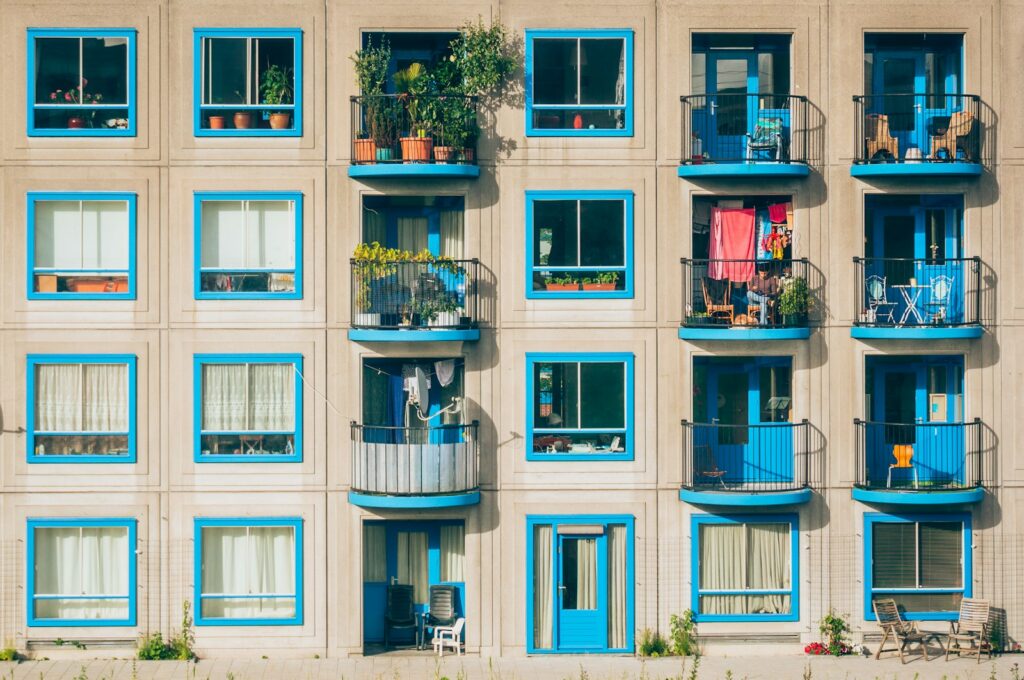
Photo by Ján Jakub Naništa on Unsplash
Selecting the Best Windows for Long-Term Success
The right windows are a critical investment in any commercial property. Selecting the best window for your commercial property involves considering functionality, aesthetics, and budget to meet your specific needs. By choosing appropriate types and prioritizing energy efficiency, design compatibility, and user well-being, you set your building up for lasting success.
Whether you’re upgrading old windows, customizing specialties, or incorporating modern efficiency into historical designs, South Coast Improvement Company is here to help. Contact us today to discuss how we can bring your functional and aesthetic goals to life through our award-winning services.
Ways to Learn More About Windows in Commercial Construction
- Industry Blogs and Articles: Stay updated with the latest trends by following industry-leading blogs such as National Glass Association or Building Design+Construction.
- Manufacturer Resources: Explore product information and design guides offered by top manufacturers like Pella and Andersen Windows.
- Trade Associations: Join organizations such as the American Architectural Manufacturers Association (AAMA) to gain access to technical standards and insights.
- Webinars and Online Courses: Enroll in courses about commercial construction windows on platforms like Udemy or LinkedIn Learning.
- Conferences and Trade Shows: Attend events such as GlassBuild America, where you can network and discover the latest innovations.
- Government Resources: Utilize resources from organizations like the U.S. Department of Energy to learn about energy-efficient windows and tax incentives.
- Architectural Publications: Read journals like Architectural Record to understand how windows integrate with innovative designs.
- Technical Handbooks: Study documents like the Glass Association of North America (GANA) Glazing Manual for in-depth technical information.
- Professional Consultation: Partner with firms like South Coast Improvement Company for expert advice tailored to your project needs.
View Our Work
The Overlook – Masonic Health System
"We’re honored to have partnered with The Overlook on this transformative initiative. Our team brought specialized expertise in working within occupied senior living communities, delivering a seamless renovation that aligns with The Overlook’s exceptional standards of...
Hamilton Wenham
Their team was collaborative, responsive, and committed to our shared vision for this space, -Eric Tracy Superintendent, Hamilton-Wenham Regional School District We partnered with the Hamilton-Wenham Regional School District to deliver a brand-new athletic building...
